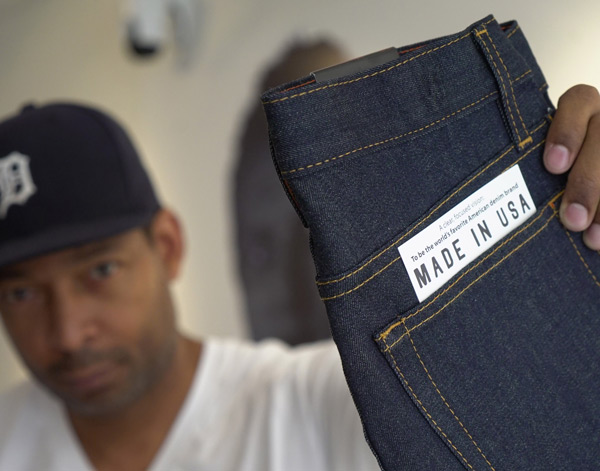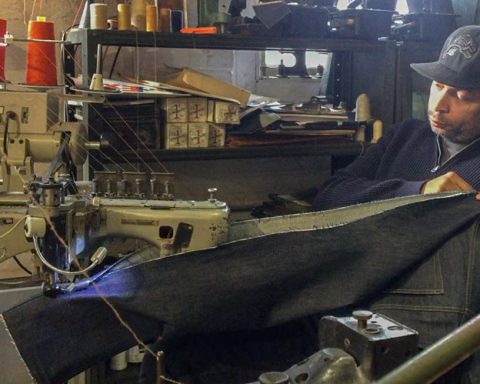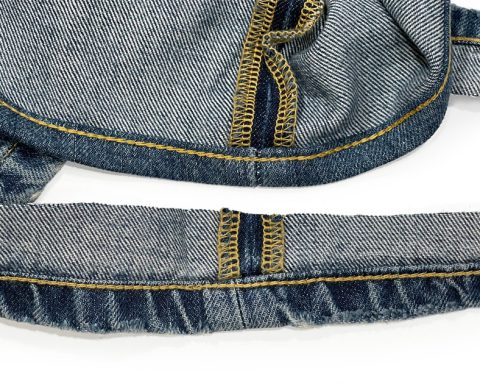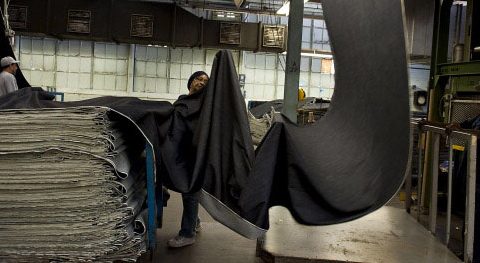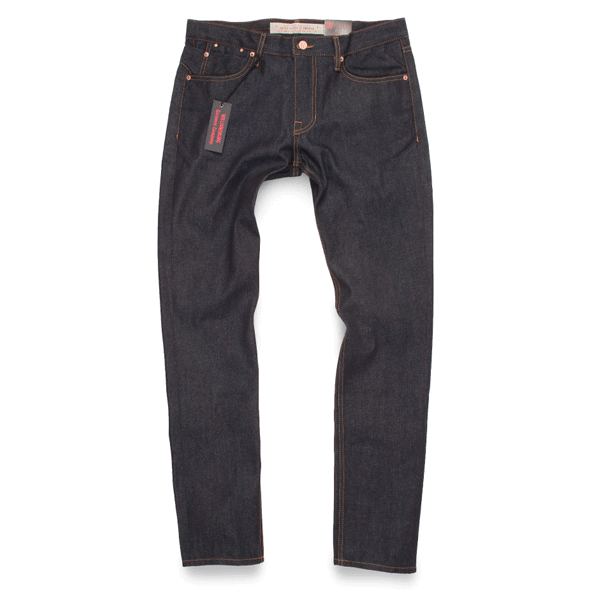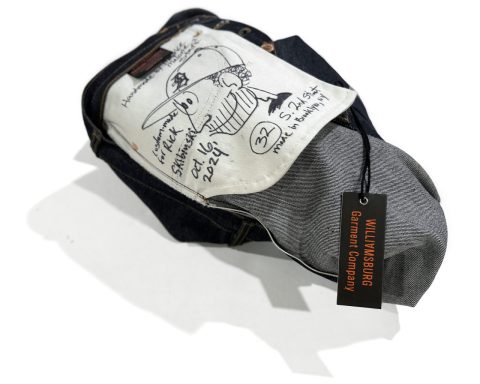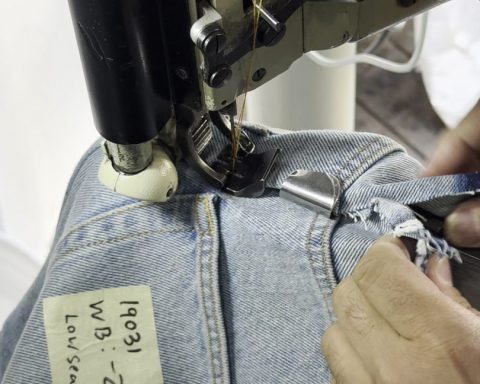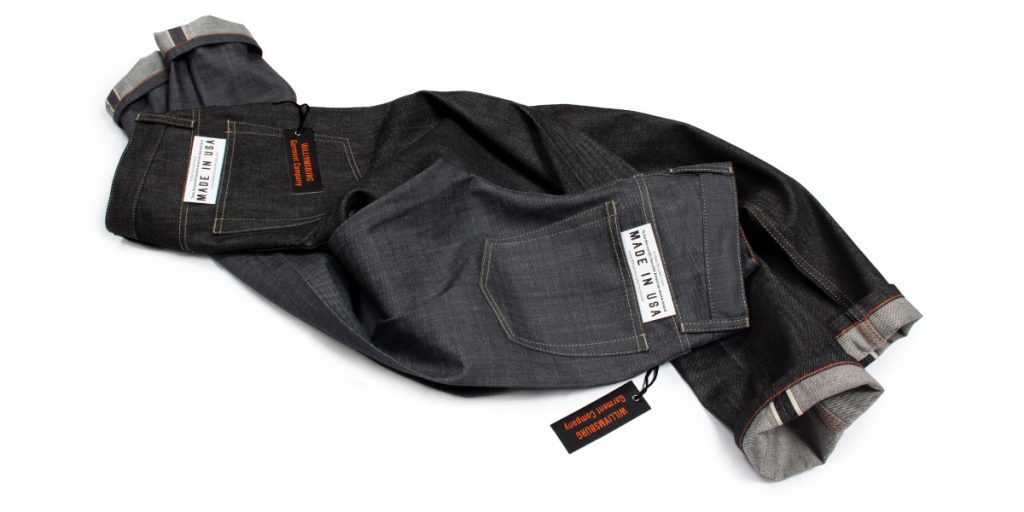
Automation and foreign production didn’t erode the American garment manufacturing industry, we did it to ourselves. When you think about it, the goal of corporations is to maximize profits for their investors. Contrast this against the Chinese philosophy of keeping people working by sacrificing high profits per piece in exchange for larger volumes at smaller margins.
As consumers seek lower-cost products, companies move production to lower-cost areas to stay competitive. Oftentimes, consumers become angered with higher-priced domestically made products when compared to those made in low-wage countries. This happens even if people want to see products made in America. In economics, they use the multiplier effect to measure the circular flow of money and spending in a community. Money that is earned flows from one person to the other. From the factory workers’ paycheck to the businesses where they shop and into the paychecks of employees at those businesses. The output becomes larger than the input. Conversely, when a factory closes its doors, less money is spent in the surrounding community reducing output from surrounding businesses which also negatively affects the line of suppliers. It all starts with the consumer’s decision to buy American or buy cheaper.
Why has manufacturing moved overseas?
Americans almost always choose to buy cheaper over buying made in the USA. This is why producers not claiming the luxury sector must find ways to streamline the production process and offer a better product at competitive prices – as is our goal.
One of the most inspirational things ever told to me in this business was from a friend who owned a small factory in China that produced our very first Williamsburg jeans. While I was in Guangzhou working for another brand, my friend, who was the production manager at a large factory told me he was about to open his own small place and asked. “Malone, why don’t you start a new brand that sells at very low prices? I’m sure you can sell a lot of jeans.” I said, “no, I’m not interested in making low-end products.” I asked him, “wouldn’t you rather make better quality at smaller volumes and earn a $20 profit per jean?” He responded “no, I’d rather make a hundred thousand jeans and make $1 profit per jean. This way I keep my people working and fed.” I laughed and said, “that would never work in the U.S.” It was not until later that I realized that was the kind of sacrifice and thinking which helped make China the number one producer of the world’s goods.
When we launched the Hope Street jean, our first American-made jeans, our imports were retail priced between $105 to $116. We were making a great profit at those prices and could offer retailers attractive markups at wholesale. After producing the Hope Street jeans near the retail price ($124) of our highest-priced imported jeans, I had confidence, that if given the choice, people would choose to pay a little more for better quality American-made jeans. Thus, we began the movement to make all of Williamsburg’s clothing in the USA.
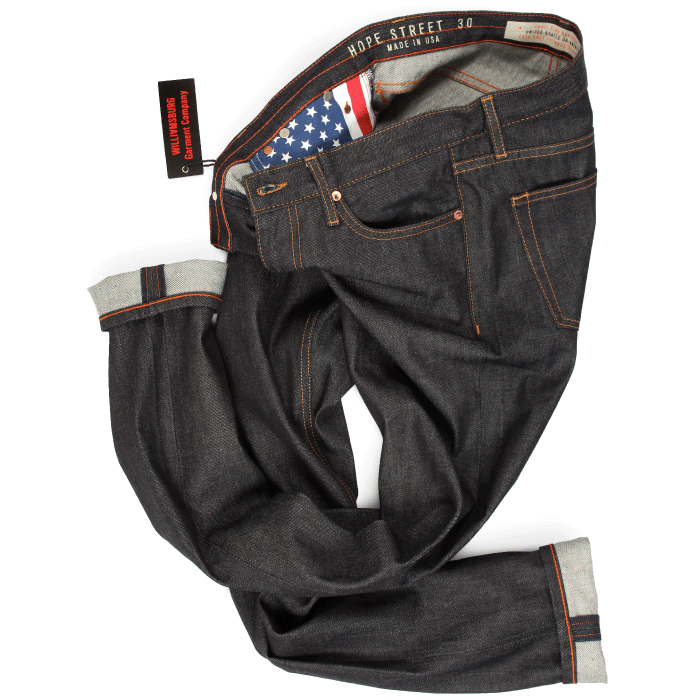
Where there’s a will there’s a way.
It was not easy to get our cost down to where we could meet the retail price goal. Compared to import production, there is more work, logistics, travel, and time put into producing jeans in the USA. Although it may not seem to make total financial sense, to me it has long-term worth. It began with making a 1-man company even savvier with cost and overhead.
Before opening our first retail store in 2016, the office was a small rented self-storage space. We had an electric outlet, no heat or air, and used a phone over the internet together with a mobile hotspot to connect to the world.
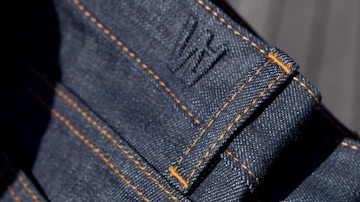
A good example of working down cost, take our small embossed W-logo on our waistband. Domestic producers that I met with wanted $2 to 4 per jean, with $1200 – $1500 upfront die cost. That was too much. The waistband logo itself could have ended up being about 14% of the total product cost. Instead, I shipped waistband fabric parts to China and had them embossed for 15 cents each, plus the shipping cost and we were off and running. By the third production of the Hope jeans, I was able to find an American-made machine that could emboss the waistband logo in production. The machine together with shipping was a little over $5500. I figured it was a good investment because it cost nearly the same as four productions from the quoting suppliers. With a little more homework, I located a local company to make our dies for less than a hundred dollars – a far cry from $1200 – $1500. Later, I worked out a new price and agreement with the owner of the sewing factory, handing him the local logistics responsibilities. This saved us tremendously because we avoided regular traveling expenses associated with doing production in Los Angeles from New York, which included rental cars, lodging, flights, etc.
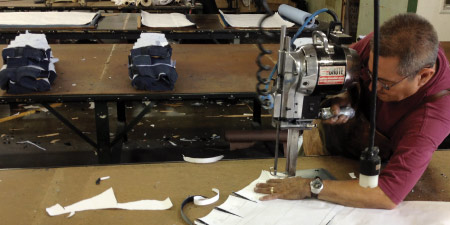
As the owner of a small business, I fully understand the value of finding vendors that will work in small volumes and invoice at higher volume production rates. High minimums and prices have prevented even established brands like ours from expanding and producing other products in the U.S. Aiming to reverse the snowball effect, we believe that starting small and developing our own production chains within The United States will help reverse the outflow. For consumers, our goal as manufacturers must be to produce reasonably priced, completive goods. Unlike those who find it convenient to say, “you can’t make that in the United States,” we believe in “where there’s a will, there’s a way.” We are small now but know as we grow, we will be part of building a stronger supply chain.
Our big brand competitors, if they choose to make the investment, could easily find pieces in their collections that could be produced in the U.S. or manufactured using their own or cooperative U.S. facilities. However, in corporate America, where more often it is profit over people, I believe it is unlikely. Still, we are hoping more companies will join us and choose to come back to the USA.
The rebuilding of American manufacturing has already begun thanks to small companies like ours. Williamsburg Garment Company will be ambitiously continuing to do our part to drive infrastructure development as we expand into sewing new knit products in-house, in Spring / Summer 2017. As we perfect our manufacturing process, we plan to also produce for other small and mid-sized brands, just as we do in denim. It is an uphill battle but we believe in becoming our slogan, “The world’s favorite American denim brand.”

